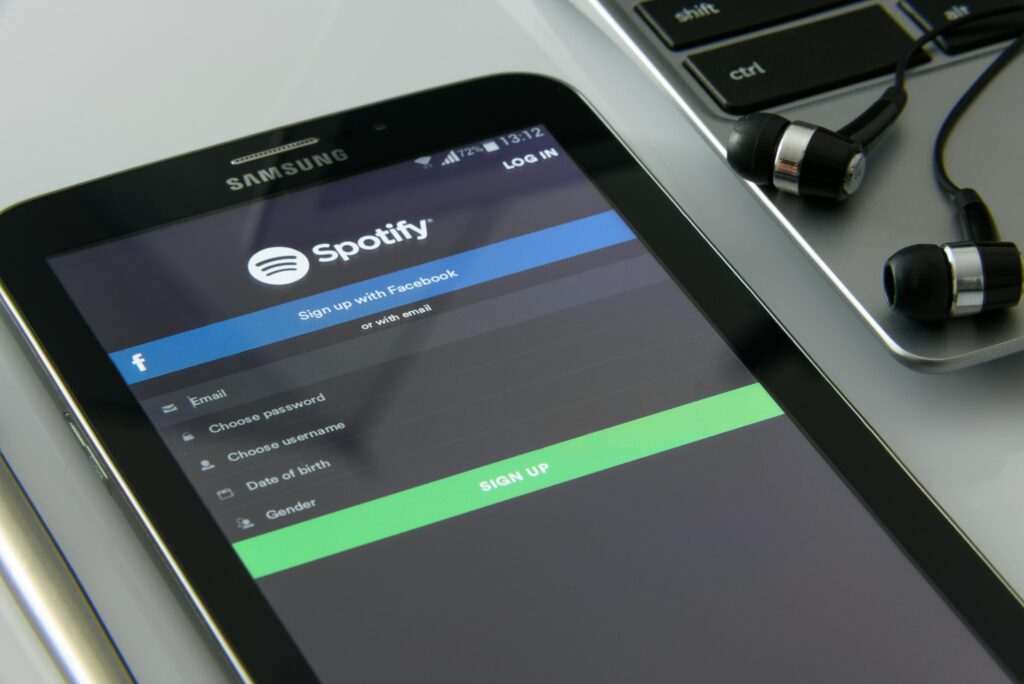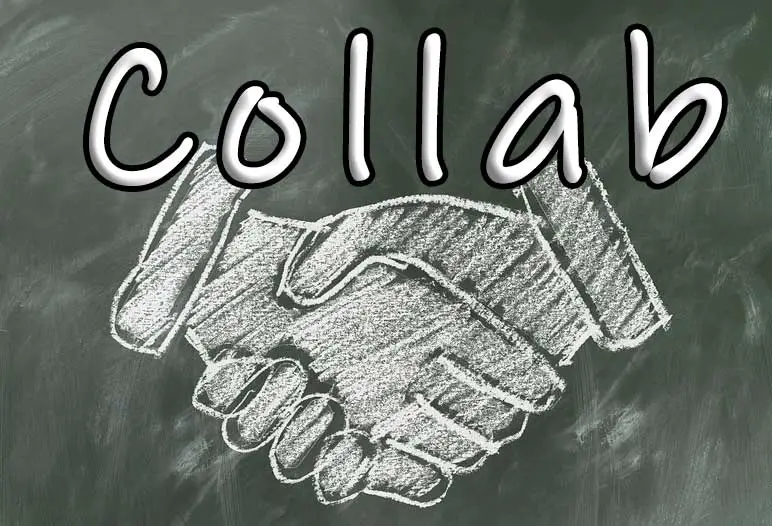Table of Contents
Introduction
In an increasingly crowded marketplace, brands are constantly seeking innovative ways to gain attention, expand their reach, and deepen consumer loyalty. One strategy that has proven time and again to deliver outstanding results is brand partnerships and collaborations.
Whether it’s Nike teaming up with Apple, Balenciaga working with Crocs, or Red Bull partnering with GoPro—strategic collaborations have become a cornerstone of modern branding. When executed thoughtfully, brand partnerships not only amplify visibility but also spark creativity, introduce new audiences, and generate mutual growth.
This blog explores the power of brand collaborations, the reasons behind their success, and how your brand can benefit from the right partnerships.
What Are Brand Partnerships?
A brand partnership is a strategic collaboration between two (or more) brands that come together for a common goal—be it product development, marketing, co-branding, or audience expansion.
These collaborations can be:
- Short-term Campaigns (limited edition drops or one-time events)
- Long-term Alliances (ongoing co-branding or cross-promotion)
- Product-Based (co-creating a new item or service)
- Value-Based (aligned with causes or missions)
Why Brand Collaborations Work
1. Shared Resources = Greater Impact
Partnering brands combine budgets, creativity, platforms, and audiences, leading to larger-than-life campaigns and product offerings.
2. Audience Cross-Pollination
Each brand gains exposure to the partner’s audience—expanding reach and increasing brand awareness.
3. Enhanced Brand Perception
A strategic partnership can boost brand credibility by aligning with a trusted name.
4. New Market Entry
Collaborations can act as a gateway into new segments, geographies, or demographics.
5. Buzz and Virality
Unlikely or surprising partnerships often become viral moments that generate massive online attention.
Types of Brand Collaborations
1. Co-Branding
Two brands create a new product or experience that carries both names.
Example:
Nike + Apple = Nike+iPod Sports Kit, combining fitness tracking with music.

2. Product Collaborations
Brands come together to create limited edition products.
Example:
Supreme x Louis Vuitton – A luxury-meets-streetwear collection that sold out instantly.
3. Cause-Related Collaborations
Brands unite around a social or environmental cause.
Example:
Patagonia x iFixit – A partnership promoting product repair and sustainability.
4. Cross-Promotion
Brands promote each other’s products to their respective audiences.
Example:
Spotify x Starbucks – Starbucks employees could curate Spotify playlists, and customers could listen via the app in stores.
5. Influencer/Artist Collaborations
A brand partners with a celebrity or content creator to co-create products or campaigns.
Example:
Fenty Beauty x Rihanna – A personal brand collaboration that disrupted the beauty industry.

Benefits of Brand Partnerships
| Benefit | Description |
|---|---|
| Expanded Audience Reach | Access to a partner’s followers or customer base |
| Increased Sales | Unique offerings and excitement drive purchases |
| Improved Brand Positioning | Association with respected brands builds authority |
| Innovation & Creativity | Shared ideas lead to fresh perspectives |
| Cost Efficiency | Shared marketing costs and pooled resources |
| Storytelling & PR | Compelling collaborative stories capture media attention |
| Community Engagement | Partnerships help brands appear more human and relational |
Real-World Examples of Successful Collaborations
1. Nike x Off-White
Fashion-forward and exclusive, this collaboration redefined streetwear and introduced Nike to a younger, trend-driven audience.
- Result: Sold-out drops, cult status, and cross-cultural relevance.
2. Spotify x Netflix
Spotify created dedicated playlists and podcasts for Netflix shows, enhancing the fan experience and driving streaming on both platforms.
- Result: Increased engagement across both platforms and deeper brand loyalty.
3. Uber x Spotify
Uber allowed passengers to control the music during their ride using Spotify.
- Result: Elevated the rider experience and increased Spotify usage.
4. LEGO x IKEA (BYGGLEK)
LEGO and IKEA collaborated to create playful, storage-friendly furniture that encourages creativity in kids and adults alike.
- Result: A family-focused campaign that strengthened both brands’ values.
5. Red Bull x GoPro
Red Bull and GoPro co-created content involving extreme sports and adventure.
- Result: Viral videos, millions of views, and massive co-brand awareness.

How to Choose the Right Brand Partner
1. Shared Values and Vision
Partner with brands that align with your mission and beliefs. Misalignment can confuse customers or damage credibility.
2. Audience Compatibility
There should be overlap or complementary differences in your target audiences. You’re looking to enhance, not compete.
3. Mutual Benefit
Ensure that both brands gain something valuable—awareness, innovation, revenue, or reputation.
4. Brand Reputation
Partner with brands that maintain a positive public image and resonate with your customers.
5. Creativity and Flexibility
Choose a partner willing to experiment and innovate. The best collaborations often push boundaries.
Steps to a Successful Brand Collaboration
Step 1: Define Goals
- Are you launching a new product?
- Raising brand awareness?
- Entering a new market?
Clarity will guide all decisions.
Step 2: Identify the Right Partner
Use research and data to shortlist potential collaborators that align with your goals and values.
Step 3: Develop a Joint Strategy
Decide on:
- Co-branded visuals
- Messaging tone and voice
- Channels of promotion
- Timelines and responsibilities
Step 4: Co-Create Authentic Content
Build stories and campaigns that merge both identities. Be intentional, not forced.
Step 5: Launch and Promote
Use joint social media blasts, press releases, influencer outreach, and events to generate buzz.
Step 6: Measure and Analyze
Track metrics like:
- Sales uplift
- Social media engagement
- Website traffic
- Press coverage
- Audience growth

Common Pitfalls (And How to Avoid Them)
| Mistake | How to Avoid |
|---|---|
| Values Misalignment | Do a brand fit audit before finalizing |
| Unbalanced Benefits | Ensure both brands bring and get value |
| Poor Communication | Use clear contracts and regular check-ins |
| Lack of Planning | Create a roadmap with KPIs and deadlines |
| Forgetting the Customer | Always ask: How does this help or excite our audience? |
Brand Collaboration Trends to Watch
1. Cross-Industry Partnerships
Brands from completely different sectors are teaming up.
Example: Gucci x Xbox – Blending fashion and gaming.
2. Metaverse Collaborations
Virtual reality and digital assets are enabling partnerships in the Metaverse.
Example: Nike x Roblox – Nikeland virtual world.
3. Sustainability Collaborations
Brands uniting to tackle environmental challenges.
Example: Adidas x Parley – Recycled ocean plastic sneakers.
4. Limited Edition Drops
Scarcity creates hype. More brands are using short-term collabs to drive urgency.
5. Purpose-Driven Partnerships
Mission-based collaborations around mental health, DEI, sustainability, or social justice.
How Small Brands Can Collaborate Successfully
You don’t need to be Nike or Apple to benefit from collaborations.
Examples of Small-Scale Partnerships:
- Local cafes teaming up with indie artists for packaging designs
- Fitness coaches co-branding programs with wellness nutritionists
- Fashion boutiques collaborating with local photographers or designers
- Eco-brands partnering on sustainable packaging solutions
Krishna bansal% – Content writer
Tips:
- Start local
- Partner with micro-influencers or creators
- Focus on shared values more than brand size
- Promote across both audiences equally
Conclusion
Brand collaborations are no longer just trendy—they are strategic power moves that drive engagement, innovation, and revenue. Whether you’re a global powerhouse or a growing startup, the right partnership can open new doors and unlock creative potential that would be impossible to achieve alone.
In today’s fast-paced, experience-driven world, the brands that collaborate wisely will not just survive—they’ll thrive.
Because when done right, 1 + 1 doesn’t equal 2—it equals 11.

FAQs
Q1. What’s the difference between co-branding and collaboration?
Co-branding usually involves the creation of a product that carries the names/logos of both brands. Collaboration can be broader, including events, marketing campaigns, or shared content.
Q2. Do brand collaborations always involve products?
No. Some partnerships are for content, causes, co-hosted events, or awareness campaigns.
Q3. Are collaborations expensive?
They can be cost-effective since marketing, content, and distribution are shared between the brands.
Q4. Can competitors collaborate?
Yes, if the collaboration creates value for both (e.g., Spotify and Apple partnering on a podcast campaign). It depends on the context and goal.
Q5. How long should a brand partnership last?
It depends. Some are short-term (campaign-based) while others can last years if mutually beneficial.